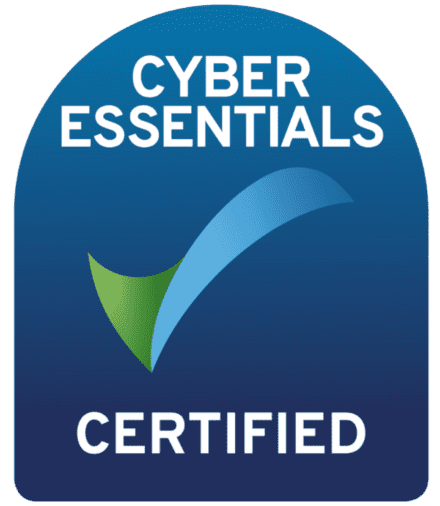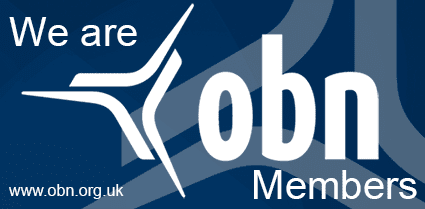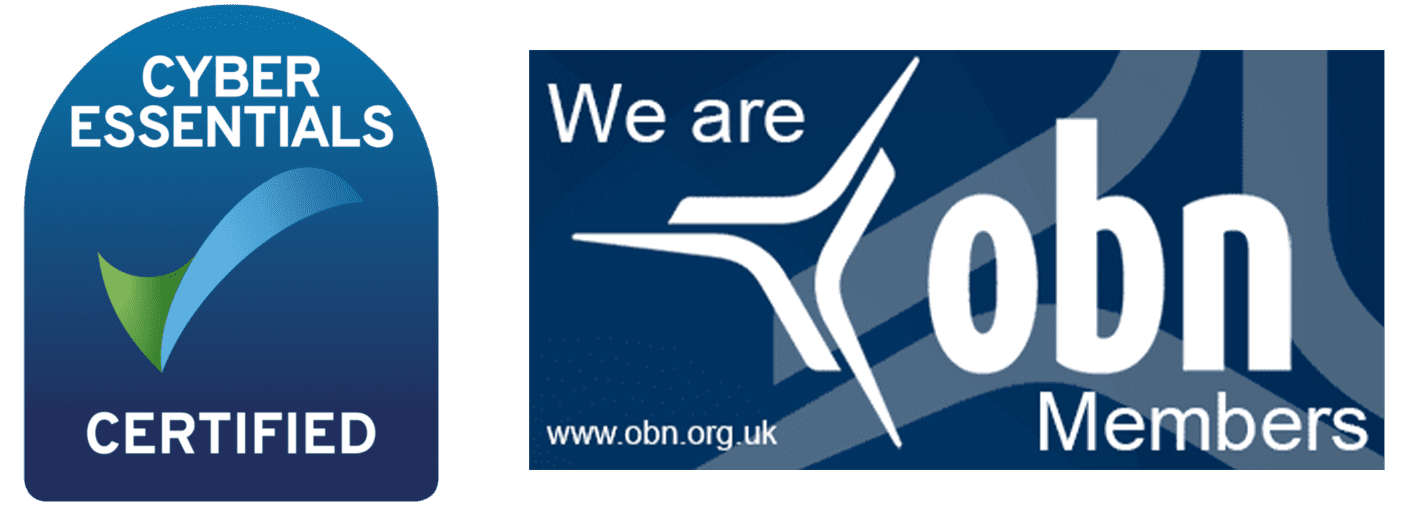Cell Culture and Transfections
Additional Service
as part of a core receptor pharmacology study
Cell Culture
Many potential therapeutic compounds, screened during the drug discovery process, target membrane proteins. Mammalian cell culture and transfection is routinely utilized to obtain large enough quantities of these targets for study. At Gifford Bioscience, we are experienced in culturing adherent cell lines (e.g. HEK-293, CHOs), cells in suspension (e.g. THP-1) and primary cells.
We use a variety of cell lines to perform saturation and competition radioligand binding assays, to characterize the pharmacology of test compounds. These assays can be performed directly, using live cells, or with membrane preparations obtained from harvested cells.
Use in Live Cell Assays
Live cells are utilized in uptake and release radioligand binding assays as well as functional cell signalling assays to determine IC50 and EC50 of compounds. Cells are cultured in T175 flasks using appropriate growth media (eg. DMEM) with incubation at 37 °C, 5% CO2. They are passaged at confluency and media is changed when required. Cells are harvested at around 80% confluency and aliquots are cryopreserved at -152 °C. For live cell assays, cells are seeded into 24-well plates and grown to confluency. They are then washed with PBS and used directly in the assay.
Use for Membrane Preparation
Membrane preparations from cells are used in radioligand binding assays. Cells are cultured in T175 flasks (as above) until confluent. The cells are washed with PBS and harvested from the flask. An isotonic solution is used to break the cells apart and release the membranes, which are subsequently washed using centrifugation. Protein concentration is determined by BCA assay, and membranes are stored as usable aliquots in a suitable storage buffer at -80 °C. On the day of an assay, aliquots are defrosted on ice and used to provide the membrane target in the assay.
Transfection
At Gifford Bioscience, we can transiently transfect your cells or our own in-house cell lines (e.g. HEK293T, CHO-K1), to overexpress your proteins of interest for use in live cell and radioligand binding assays. We can also amplify and purify plasmid DNA to obtain appropriate quantities for transfection.
DNA Amplification
Bacteria (e.g. E. coli DH5α, XL1-Blue, XL10 Gold strains) are transformed with plasmid DNA containing genes of interest. The bacteria are then cultured under selective pressure (using antibiotic resistance) and replicate the plasmid DNA, which is then extracted and purified using commercially available kits (e.g. Qiagen mini, midi and maxiprep kits) for use in the transfection process.
Transient Transfection
Purified plasmids are used to transiently transfect mammalian cells. A variety of methods are available; we use non-viral high efficiency lipid nanoparticle technology (e.g. lipofectamine) to transfect cells chemically by lipofection. During this process, plasmid DNA (often containing an antibiotic resistance gene) is incorporated into cationic lipid vesicles (liposomes) that fuse with the negatively charged cell membrane, allowing the plasmid DNA to enter the cell. Upon reaching the cell nucleus, the DNA undergoes transcription followed by translation, resulting in overexpression of the protein of interest. These cells can be harvested for membrane preparations or can be used directly in live cell assays.
Get in Touch



